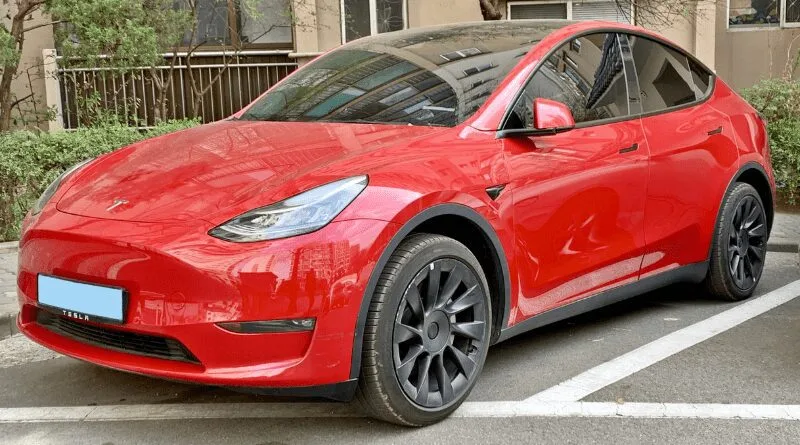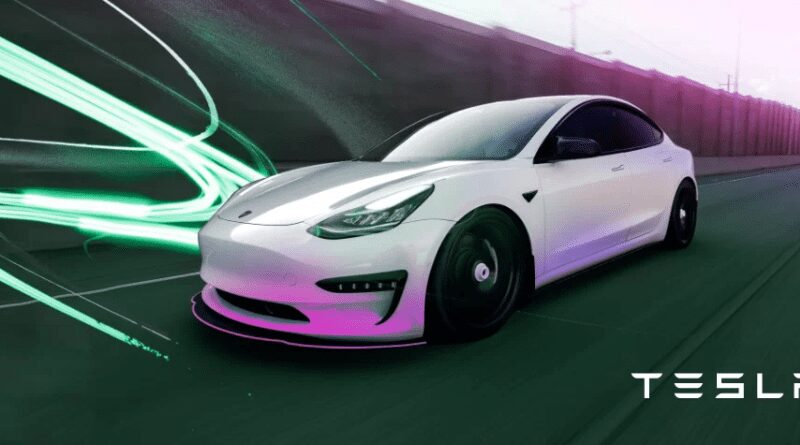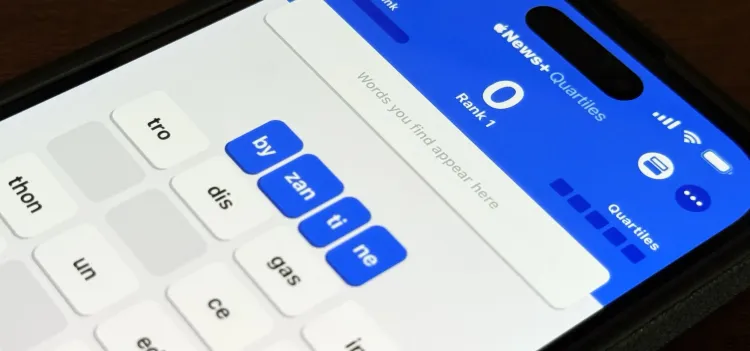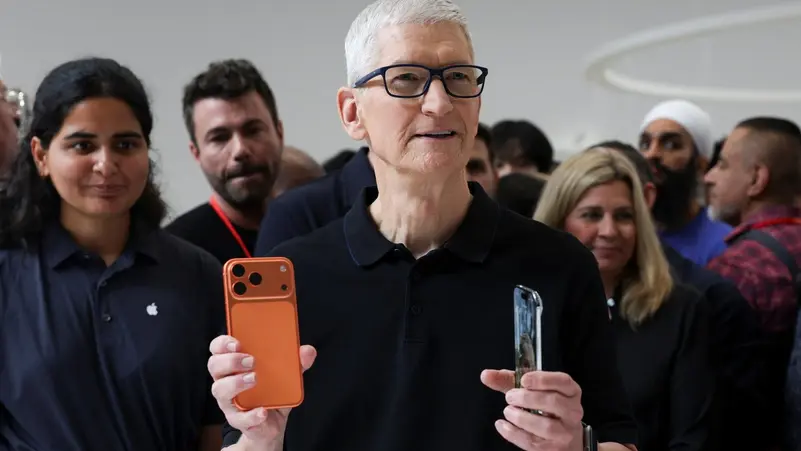A self driving Tesla taxi crashes into a parked vehicle for no reason

A self-driving Tesla Model Y recently collided with a parked Toyota in Austin, Texas, for no apparent reason. This incident highlighted the safety of self-driving cars and the technologies that support them.
Incident Details
The accident occurred in Austin, Texas, after a Tesla self-driving taxi had completed a passenger pickup.
A video recorded by YouTube user “DirtyTesla” showed the self-driving Model Y swerving and accelerating toward a parked Toyota, causing minor dents to the vehicle’s tires. No serious injuries or major damage were reported.
After the accident, the self-driving taxi’s safety supervisor got into the driver’s seat and drove off.
The cause of the accident remains unknown. What caused the taxi to collide with the parked car instead of leaving the scene normally after completing its mission and dropping off the passenger?
Self-Driving Car Control Technologies
Tesla’s self-driving software relies primarily on cameras and artificial intelligence, unlike some competitors like Waymo, which use a combination of cameras, radar, and lidar.
This incident renews concerns about the maturity of self-driving technology, which relies entirely on artificial intelligence, in complex driving environments.
Developers of self-driving taxis are under increasing pressure to ensure public safety before expanding their commercial use.
Safety Concerns
US regulators have previously expressed concerns about Tesla’s Full Self-Driving system and have investigated previous accidents, including collisions with parked emergency vehicles.
The Impact of Self-Driving Technology on Drivers
There has been an investigation into whether Tesla vehicles provide sufficient driver alertness, with reports indicating that drivers may become “overly distracted” and lose focus.
In 2023, the National Highway Traffic Safety Administration (NHTSA) asked Tesla to recall its vehicles to modify the Full Self-Driving system, deeming the system a risk to public safety.
Other related incidents
- In January 2023, a Tesla Model S stopped suddenly in a San Francisco tunnel, causing traffic jams and injuring nine people.
- In February 2023, a Tesla driver was killed after colliding with a parked fire truck in California.
- In May 2024, a Tesla in Full Self-Driving mode failed to detect a moving train and stopped suddenly, resulting in a collision.
- In March 2023, a Tesla Model Y struck a student getting off a school bus, resulting in serious injuries. The investigation cited “a pattern of driver inattention, coupled with deficiencies in Tesla’s technology.”
These incidents highlight the ongoing challenges facing autonomous driving technologies, particularly the need to improve the systems’ ability to handle complex and unpredictable road conditions.
Applications of Artificial Intelligence in Transportation
AI in transportation aims to make transportation systems safer, more efficient, more sustainable, and more convenient for users.
Prominent applications in this field:
- Self-driving cars are among the most prominent applications of AI in transportation. They rely on complex algorithms and computer vision technologies to control the vehicle, determine its path, and avoid obstacles, reducing accidents and improving traffic flow.
- AI is used to analyze real-time traffic data from cameras and sensors. It can predict congestion and automatically adjust traffic lights to improve flow.
- AI contributes to optimizing bus and train schedules based on actual passenger demand and traffic conditions, reducing wait times and increasing efficiency.
- AI improves warehouse efficiency by organizing shelves and planning optimal routes for workers and robots.
- AI can analyze vehicle performance data to detect potential failures before they occur, a type of preventive maintenance that reduces downtime.
- Advanced Driver Assistance Systems (ADAS), these systems include features such as collision warning, lane keeping assist, and automatic emergency braking.
Tesla’s Self-Driving Car

When Tesla introduced its self-driving cars, it promoted the following benefits:
- Reducing human error, the leading cause of traffic accidents, leading to safer roads.
- Improving traffic flow, alleviating congestion, and optimizing fuel utilization through optimized route planning and efficient resource management.
- Reducing vehicle operating and maintenance costs and reducing waste in supply chains.
- Improving fuel efficiency and alleviating congestion, reducing harmful emissions.
- Providing a smoother and more comfortable travel experience, with shorter wait times and improved public transportation services.
- Providing practical solutions for transporting people who cannot drive themselves, such as the elderly and people with disabilities.
Challenges Facing Self-Driving Cars
Despite the tremendous benefits, AI-powered transportation faces significant challenges, such as:
- Ensuring the vehicle’s ability to handle all complex and unpredictable road scenarios safely and reliably.
- Developing and implementing the infrastructure and technologies necessary for AI in transportation requires significant investment.
- AI systems rely on massive amounts of data, raising concerns about individual privacy and the security of this data from hackers.
- Liability in the event of accidents caused by AI systems is a concern.
- The spread of these technologies requires gaining public trust and acceptance.
- The increasing reliance on automation and autonomous driving is leading to changes in the labor market and impacting some transportation-related occupations.
Tesla 2025
Tesla aims to make significant progress in self-driving cars and expand its robotaxi services by 2025.
Robotaxi Service:
- In June 2025, Tesla began testing a paid self-driving taxi service in Austin, Texas. This pilot project, which began with a small number of Model Y vehicles, aims to expand to thousands of vehicles within a few months.
- Tesla unveiled the “Cybercab” model, which has no pedals or steering wheel and is expected to be the core of a future robotaxi service. This model could enter the pilot fleet in 2026.
- Tesla has already begun providing a robotaxi service to its employees in Austin as part of the pilot project.
- Tesla plans to expand the robotaxi service to California and Arizona after its limited launch in Austin. Full Self-Driving (FSD):
- Tesla continues to develop and improve its FSD (Supervised) system, which includes features such as automatic navigation, lane change, and parking.
- Tesla unveiled its new “God’s Eye” technology, an upgrade to its Advanced Driver Assistance System (ADAS), which it claims is capable of handling highway and city driving.
Tesla’s long-term goal is to achieve Full Self-Driving (FSD Unsupervised) by the end of 2025.
Also read:
a-self-driving-tesla-taxi-crashes-into-a-parked-vehicle
a-chinese-humanoid-robot-cooks-using-virtual-reality
brain-computer-interfaces-when-telepathy-becomes-a-technological-reality




